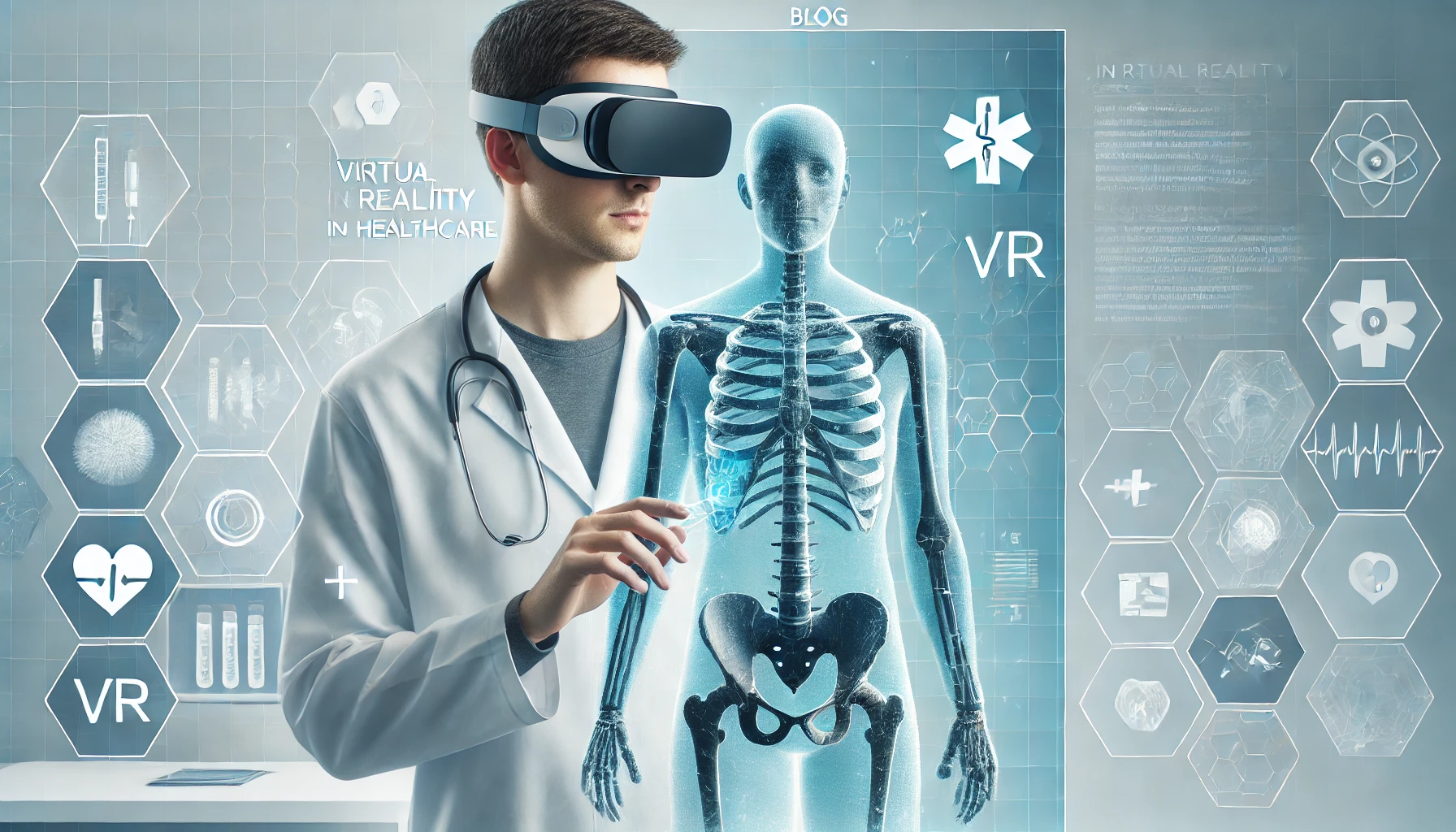Virtual Reality in Healthcare: Saving Lives

Virtual Reality (VR) is transforming healthcare delivery, from medical education to patient treatment. This revolutionary technology is providing new ways to train healthcare professionals, plan surgeries, and improve patient outcomes. Let's explore how VR is making a significant impact in healthcare.
Medical Training and Education
VR is revolutionizing how medical professionals learn:
- Anatomical Study: Interactive 3D models for detailed anatomical learning.
- Surgical Training: Risk-free practice of complex procedures.
- Emergency Response: Simulation of critical scenarios for better preparedness.
- Patient Interaction: Practice of communication and bedside manner.
Surgical Planning and Execution
VR is enhancing surgical procedures:
- Pre-operative Planning: Detailed visualization of patient-specific anatomy.
- Surgical Navigation: Real-time guidance during procedures.
- Team Collaboration: Remote consultation and planning sessions.
- Risk Assessment: Better prediction and preparation for complications.
Patient Care and Treatment
VR applications in patient care include:
- Pain Management: Distraction therapy for chronic pain patients.
- Physical Therapy: Engaging rehabilitation exercises.
- Mental Health: Exposure therapy for phobias and anxiety.
- Patient Education: Better understanding of conditions and treatments.
Diagnostic and Imaging
VR is improving medical imaging and diagnosis:
- 3D Visualization: Better interpretation of medical scans.
- Data Integration: Combining multiple imaging modalities.
- Remote Diagnosis: Virtual examination of patients.
- Teaching Tools: Training in image interpretation.
Benefits to Healthcare
The implementation of VR brings numerous advantages:
- Reduced risk in medical procedures
- Improved training outcomes
- Enhanced patient understanding and compliance
- Cost-effective medical education
Future Developments
Looking ahead, we can expect:
- Integration with AI for better diagnostics
- More sophisticated haptic feedback
- Expanded applications in telemedicine
- Enhanced real-time surgical guidance
Virtual Reality is not just changing healthcare; it's saving lives by providing better training, more precise procedures, and improved patient care. As the technology continues to evolve, we can expect even more innovative applications that will further transform the healthcare industry.
